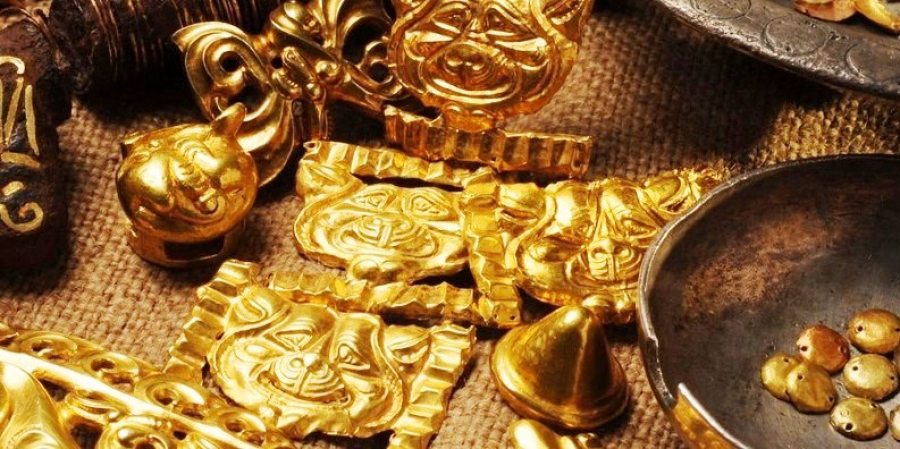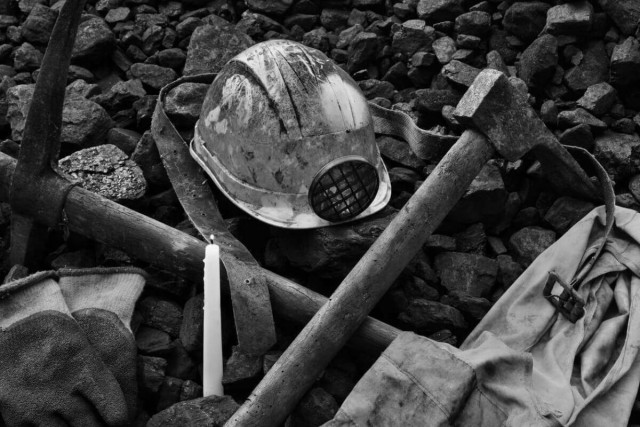
About ten years ago, Kazakhstani archaeologists discovered, literally, a real miracle - a Neolithic settlement. During this time, many valuable items were found there. The work is carried out by a special system: first, the territory is divided into squares, and then layer by layer they start working on the site. Each of them is important because each layer of soil has its own cultural identity, scientists say.
“We have already finished one square. And these are the walls that we draw, and there are different visible soils that show stratigraphy, that is, the layering. And there you can see how the soil was accumulated, which soil contains most of the finds and to which layer they are attached,” said Yelena Lyalina, Laboratory Assistant, Joint Archaeological Research Center.
In the Akkuly district of the Pavlodar region, archaeologists found household items, tools, and the remains of horses and cattle. This means that probably in the sixth millennium BC, the people of this region had already domesticated animals. In addition, experts found that the ancient inhabitants not only engaged in domestication, but were also skilled in arts and crafts. This is evidenced by pottery patterns. Archaeologist Viktor Merz suggests that these artifacts belong to the Boborykino culture.
“The Altai Territory also has small sites where pottery like ours is found, but we were the first to study this monument. We were the first to talk about this pottery, which is similar to the Boborykino culture. The most distant analogies are from the Trans-Urals, actually, the region of Tyumen, Yekaterinburg. It’s where the Boborykino style ceramics were discovered,” said Viktor Merz, PhD Candidate in History.
This area, rich in ancient archaeological finds, still has several monuments that are yet not fully explored. And that’s why research by scientists continues.
Translation by Assem Zhanmukhanova
Editing by Saule Mukhamejanova









